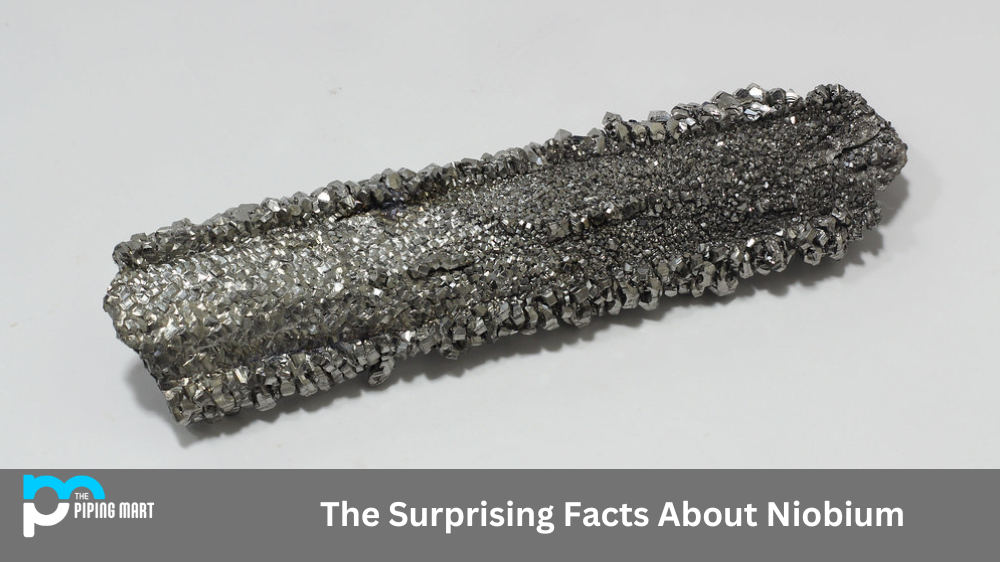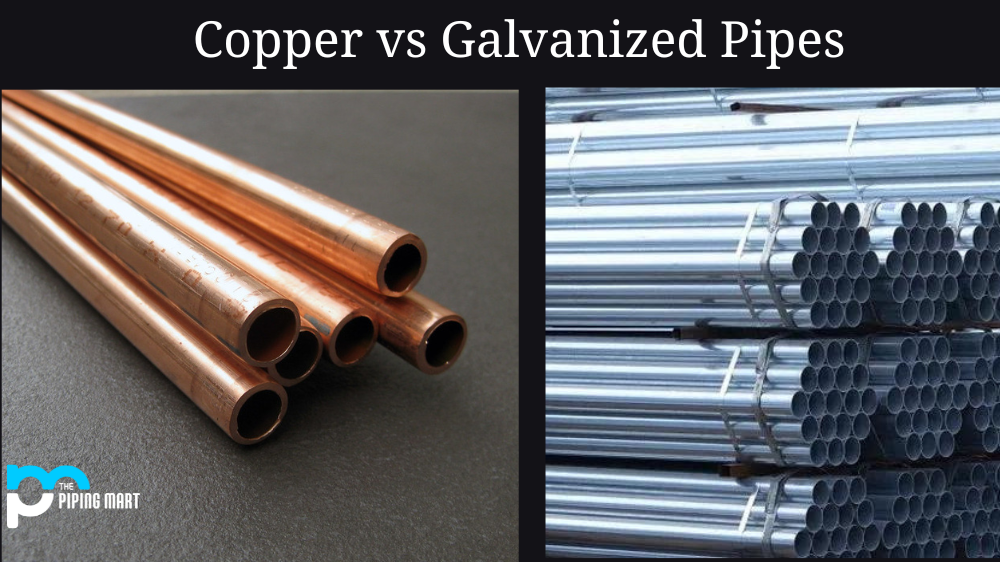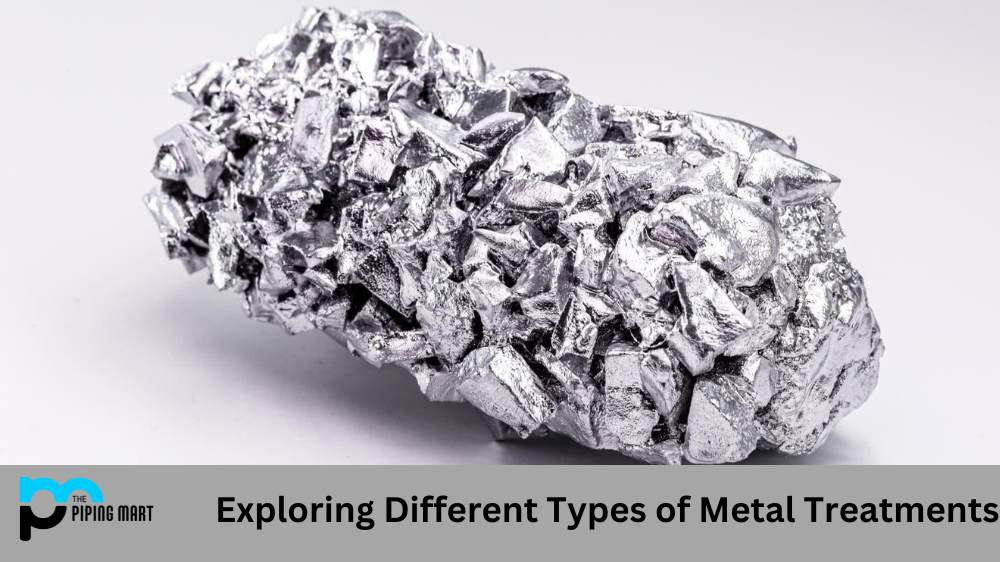Niobium is an element that has been around since the dawn of time, but you might need to learn more about it. This element is often used in various industrial uses and is even found in everyday objects. With that said, here are some interesting facts about niobium that you may have yet to learn.
What is Niobium?
Niobium is a soft, grey metal that was discovered in 1801 by English chemist Charles Hatchett. It is a transition metal, meaning it has properties of both metals and non-metals. Niobium is most commonly used in alloys, as it improves the strength of steel and other metals.
- The name “niobium” comes from the Greek goddess Nike (meaning “victory”).
- Niobium was originally known as “columbium,” but the name was changed in 1949 to avoid confusion with the element chromium.
- Niobium has one of the lowest densities of all metals (approximately 8% that of iron).
Where is Niobium Found?
Niobium is found in minerals such as columbite and pyrochlore. It is also found in small quantities in many other minerals, such as tantalite, euxenite, and xenocthulite. Niobium is typically mined in Brazil, Canada, China, and Australia.
How is Niobium Used?
The majority of niobium produced each year is used in the production of alloys. These alloys are used in a variety of applications, including aircraft engines, pipelines, chemical processing equipment, and welding rod coatings. Niobium is also used to produce superconducting magnets and superconducting wires.
Intriguing Facts about Niobium
Named after a Greek goddess.
There are a bunch of components that are named after Greek figures. Niobium is one of them. It got its name from Niobe, who was the Greek goddess of tears. Niobe was additionally the girl to King Tantalus, who propelled the name for the component tantalum. Niobium and tantalum are quite often discovered next to each other in nature.
Significantly Mined in Brazil and Canada.
As indicated by the U.S. Geographical Survey, the vast majority of the niobium that is mined today is found in Brazil and Canada. The USGS accepts there is sufficient niobium in the outside layer of the Earth to keep going for around 500 years. current distinguished assets of niobium are found dominatingly in Brazil (around 95 percent) and Canada (about 3.5 percent).
Most mined niobium is used in the steel business.
The steel business utilizes almost 80 percent of the world’s delivered niobium to make high-quality prepares. Niobium, a grain purifier and precipitation hardener, improves the prepares’ mechanical quality, sturdiness, high-temperature quality, and erosion opposition for use in pipelines, transportation, vehicle and truck bodies, instrument prepares, ships frames, railroad tracks, design and auxiliary applications, and that’s just the beginning. Most of the niobium that is mined in Brazil and Canada is taken and used to make low-combination prepares that are solid and strong. Alongside tungsten, tantalum, rhenium, and molybdenum, niobium is frequently alluded to as a headstrong metal in light of its high protection from heat.
Physical Properties of Niobium
Niobium is a soft metal with a low density. It has a melting point of 2,468 degrees Celsius and a boiling point of 4,927 degrees Celsius. Niobium is paramagnetic, meaning it is weakly attracted to magnets.
Uses of Niobium
Niobium is most commonly used in the steel industry, where it helps to make steel stronger and more durable. It’s also used in electronics, which helps increase the electrical conductivity of components like transistors and capacitors. Additionally, it’s often found in jewelry and other works of art due to its attractive color and luster.
- Niobium is used in the production of steel.
- Niobium is used in the production of superconducting magnets.
- Niobium is used in the production of electron microscopes.
- Niobium is used in the production of X-ray tubes.
- Niobium is used in the production of optical fibers.
Niobium Chemical Properties
Niobium is a very soft metal with a low melting point. It’s also highly corrosion-resistant, which makes it well-suited for use in industrial applications where there’s lots of exposure to moisture or acidic environments. Its low melting point also makes niobium great for use in welding processes as well as for casting molds for jewelry or other objects.
- Niobium is a soft, gray metal found in minerals such as pyrochlore and columbite.
- Niobium is used in various applications, including welding, superconductors, and electronics.
- Niobium has a melting point of 2477 degrees Celsius and a boiling point of 5427 degrees Celsius.
- Niobium is resistant to corrosion and has a density of 8.57 grams per cubic centimeter.
- Niobium is radioactive and has an atomic number of 41 on the periodic table.
Health Benefits
Though niobium isn’t found naturally in our bodies, research suggests that small amounts may be beneficial to our health. Studies have shown that niobium can help reduce inflammation and improve circulation throughout the body. Additionally, niobium has been linked to improved memory and cognitive function and reduced stress levels.
Conclusion:
Niobium is an incredibly versatile element with many interesting properties and uses. From industrial applications to jewelry-making and even helping improve your health, this fascinating element is genuinely one of a kind! Whether you’re looking into using niobium for your next project or want to learn more about its unique properties, these facts should give you a better understanding of what this incredible element can do!

Meet Bhavesh, a seasoned blogger with a wealth of knowledge and experience. From metal products manufacturing to retail, Bhavesh has a diverse background in various industries and is dedicated to sharing his insights and expertise with readers.




